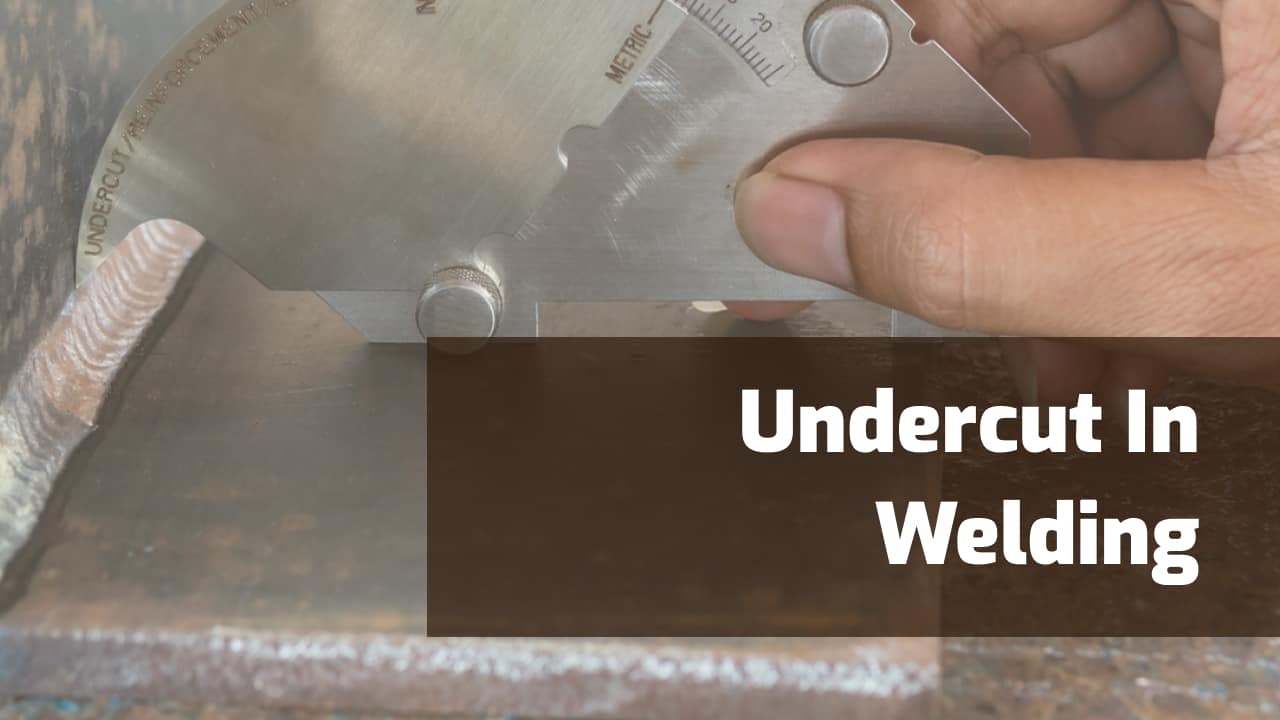Grasping the Art of Welding: Just How to Avoid Undercut Welding Issues for Flawless Manufacture Results
Performance and precision are extremely important on the planet of welding, where also the slightest flaw can endanger the structural stability of a made item. One common difficulty that welders face is damaging, a defect that can deteriorate a weld joint and lead to costly rework. By comprehending the origin of undercut welding and executing efficient strategies to stop it, welders can boost their craft to new levels of quality (Preventing weld undercut). In the search of remarkable fabrication results, grasping the art of welding to prevent undercut concerns is not simply an ability but a requirement for those making every effort for excellence in their job.
Recognizing Undercut Welding

To avoid undercut welding, welders ought to make certain proper welding parameters, such as changing the present, voltage, traveling speed, and preserving the proper electrode angle. By comprehending the causes of undercut welding and implementing preventative measures, welders can attain top quality, structurally sound welds.
Causes of Undercut in Welding
Recognizing the elements that add to damage in welding is crucial for welders to create top notch, structurally sound welds. When the weld metal does not properly fill up the groove developed in between the base steel and the previously deposited weld metal, undercutting happens. Several aspects can result in damage in welding. One common reason is extreme heat input. Welding at heats for extended periods can cause the base steel melting greater than wanted, causing damage. Insufficient welding inaccurate or present welding speed can also add to damage. Insufficient current may not supply sufficient warmth to melt the base and filler metals sufficiently, while extreme rate can stop proper blend, creating undercut. Additionally, improper electrode angles or wrong torch manipulation strategies can develop areas of reduced weld steel deposition, advertising undercut. Comprehending these causes and executing proper welding strategies can aid avoid damaging concerns, guaranteeing solid and sturdy welds.
Techniques to avoid Undercutting

To minimize the danger of damaging in welding, welders can utilize tactical welding strategies aimed at enhancing the quality and stability of the weld joints. Additionally, utilizing the correct welding strategy for the specific joint arrangement, such as weave or stringer beads, can contribute to minimizing undercutting.
Utilizing back-step welding strategies and managing the weld grain profile can likewise aid distribute warm equally and reduce the danger of undercut. Normal evaluation of the weld joint throughout and after welding, as well as implementing high quality guarantee actions, can aid in finding and addressing damaging problems without delay.
Relevance of Proper Welding Specifications
Picking and maintaining suitable welding specifications is crucial for achieving successful welds with very little flaws. Welding criteria describe variables such as voltage, existing, travel speed, electrode angle, and shielding gas flow rate that directly affect the welding process. These specifications need to be meticulously readjusted based upon the sort of product being bonded, its density, and the welding strategy used.
Correct welding criteria ensure the right amount of heat is put on thaw the base steels and filler product consistently. If the specifications are established expensive, it can cause extreme warmth input, creating distortion, spatter, or burn-through. On the other hand, if the parameters my sources are also reduced, insufficient combination, lack of infiltration, or damaging may happen.
Quality Control in Welding Operations

Verdict
To conclude, grasping the art of welding requires a thorough understanding of undercut welding, its reasons, and methods to prevent it. By making certain appropriate welding parameters and applying quality control methods, flawless manufacture results can be attained. It is vital for welders to consistently make every effort for excellence in their welding procedures to avoid find out here now undercut concerns and produce high-grade welds.
Undercut welding, an usual problem in welding procedures, happens when the weld steel doesn't appropriately fill the groove and leaves a groove or anxiety along the bonded joint.To avoid undercut welding, welders should guarantee correct welding parameters, such as readjusting the current, voltage, travel rate, and maintaining the appropriate electrode angle. Poor welding current or inaccurate welding rate can additionally contribute to undercut.To alleviate the risk of undercutting in welding, welders can utilize critical welding techniques aimed at improving the top quality and integrity of the weld joints.In final thought, understanding the art of welding calls for a comprehensive understanding of undercut welding, its reasons, and strategies to stop it.